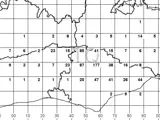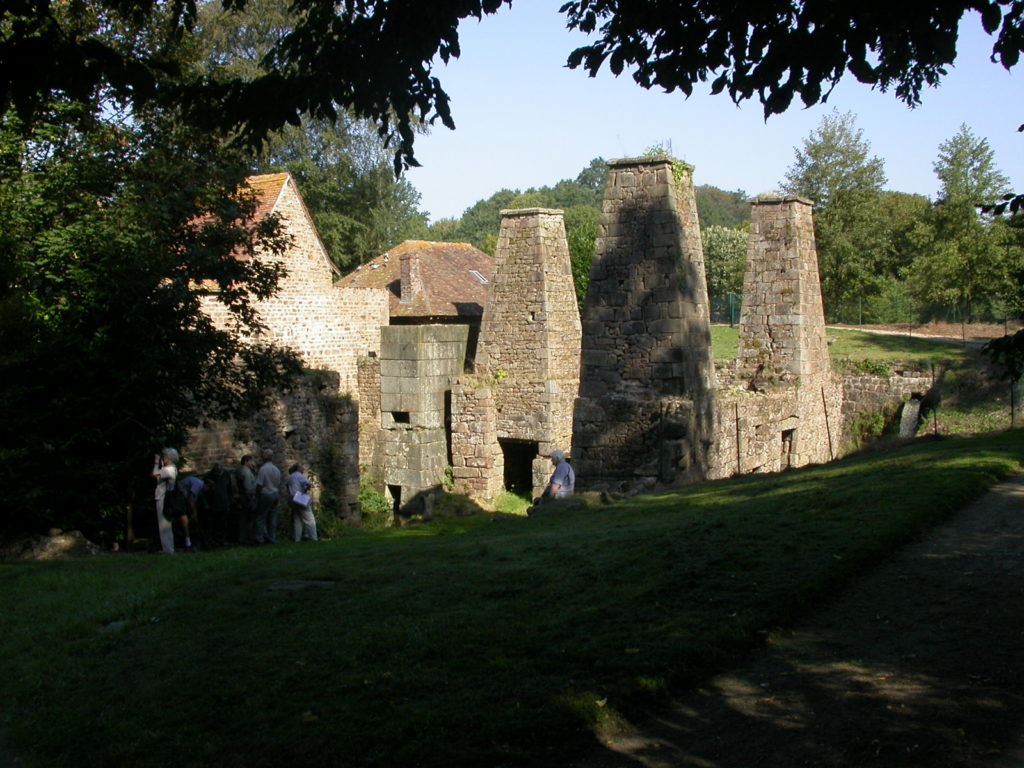Home

Highly vesicular bloomery slag

Outcrop of sideritic ore overhanging sandstone

Part of an early blast furnace (Araglin, Ireland)
artefactual evidence

experimental reconstruction


Activity frequency mapping (iron works)
comparing excavated sites

& just digging


Contents of one box in the National Slag Collection

Etched sample of unworked bloomery iron (photomicrograph)

experimental archaeology

Conferences


Documentary record search
Crafts


Open cast iron ore mining, Romano-British
more comparative studies

